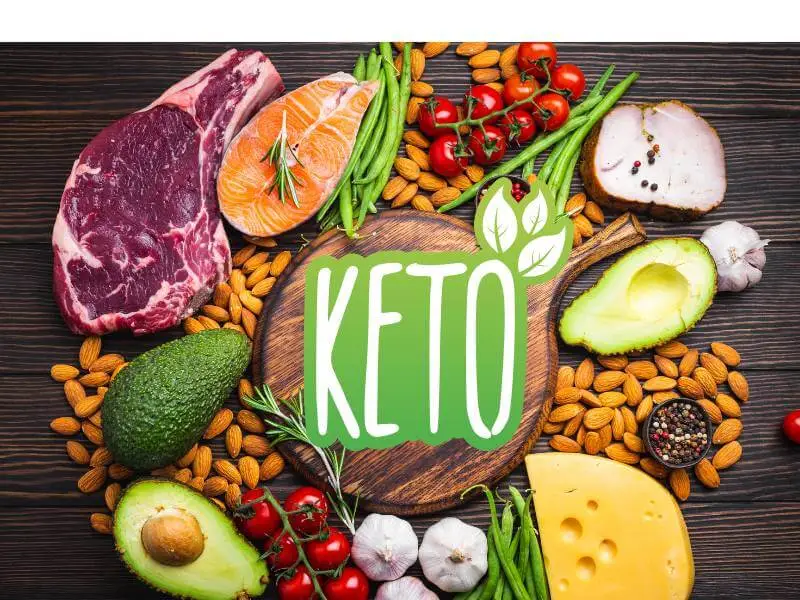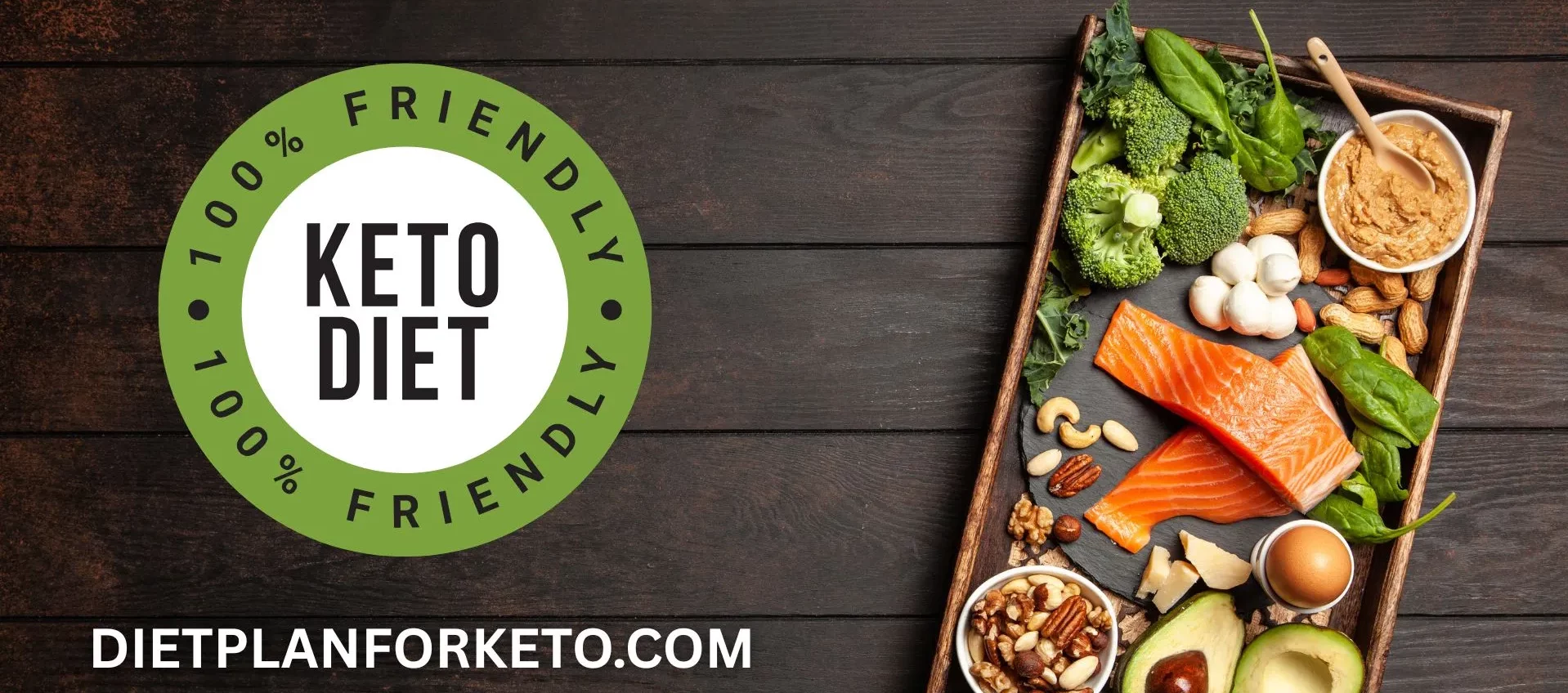Eating keto doesn’t have to mean spending a fortune. In fact, with the right strategies, you can create a keto-friendly pantry that’s both affordable and efficient.
Whether you’re new to the ketogenic diet or simply looking to save money while staying low-carb, this guide walks you through stocking a keto pantry without breaking the bank.
Table of Contents
- Understanding the Keto Diet Basics
- Pantry Essentials for Keto Living
- Smart Shopping Strategies
- Best Budget Keto Foods to Buy
- Where to Shop for Keto Deals
- Meal Planning and Prep Tips
- Real-Life Budget Keto Pantry Examples
- Tips to Avoid Wasting Food and Money
- Pros and Cons Summary
- Final Thoughts and Conclusion

1. Understanding the Keto Diet Basics
Before diving into your pantry makeover, let’s clarify what “keto” means. The ketogenic diet is a high-fat, low-carb, moderate-protein eating plan. The goal is to switch your body’s primary fuel source from carbohydrates to fats, creating a metabolic state called ketosis.
Key Macros
- Carbohydrates: 5-10% of daily calories
- Protein: 20-25%
- Fat: 70-75%
Why Pantry Planning Matters
A well-stocked pantry makes sticking to keto easier, especially when cravings hit or time is tight. It also prevents unnecessary spending on takeout or emergency grocery runs.
2. Pantry Essentials for Keto Living
Not all foods are created equal on keto. Focus on nutrient-dense, shelf-stable staples to form the backbone of your pantry.
Healthy Fats
- Olive oil
- Coconut oil
- Ghee or clarified butter
- Avocado oil
Low-Carb Flours
- Almond flour
- Coconut flour
- Flaxseed meal
Proteins
- Canned tuna or salmon
- Sardines
- Shelf-stable jerky (watch carbs)
- Canned chicken
Keto Baking Essentials
- Stevia, monk fruit, or erythritol sweeteners
- Unsweetened cocoa powder
- Baking powder and soda
Snacks and Extras
- Pork rinds
- Nuts (almonds, walnuts, macadamia)
- Nut butters (no sugar added)
- Pickles and olives
Seasonings & Add-ons
- Sea salt
- Black pepper
- Garlic powder
- Italian seasoning
- Apple cider vinegar
- Mustard
These items serve as the core of many budget-friendly keto meals.
3. Smart Shopping Strategies
Plan Before You Shop
- Meal prep first: Know what you’ll eat this week.
- Make a master list: Stick to it to avoid impulse buys.
Buy in Bulk
- Look for sales on items like almond flour or olive oil.
- Use warehouse stores or online bulk retailers.
Use Store Brands
Generic versions of keto staples can be significantly cheaper.
Time Your Shopping
Shop during weekly specials, clearance markdowns, or use coupon apps.
4. Best Budget Keto Foods to Buy
Under $1 Per Serving
- Eggs
- Canned tuna
- Frozen spinach
- Zucchini
- Ground beef (buy in bulk)
Versatile Ingredients
- Cauliflower (fresh or frozen)
- Cabbage
- Cheese blocks (cheaper than shredded)
- Peanut butter (natural, no sugar)
Keto Carbs to Use Sparingly
- Berries (buy frozen)
- Tomatoes (canned or fresh in season)
5. Where to Shop for Keto Deals
Best Stores
- Aldi: Great for cheap basics and produce
- Costco: Bulk keto meats, oils, nuts
- Walmart: Affordable across all categories
- Dollar stores: Unexpected finds like pickles or pork rinds
Online Options
- Thrive Market: Organic and keto-friendly brands
- Amazon: Price compare with local options
6. Meal Planning and Prep Tips
Batch Cook
Cook in large quantities and freeze portions.
Use Pantry First
Build meals around what you already have.
Keep It Simple
Focus on 3-5 core ingredients per meal.
Example Meal Plan (Budget-Friendly)
- Breakfast: Scrambled eggs with spinach
- Lunch: Tuna salad with olive oil and pickles
- Dinner: Cabbage stir fry with ground beef
- Snack: A handful of nuts or pork rinds
7. Real-Life Budget Keto Pantry Examples
$50 Keto Pantry Starter Kit
- 2 dozen eggs
- 2 lbs ground beef
- 2 cans tuna
- 1 jar sugar-free peanut butter
- 1 bag frozen cauliflower
- 1 bag spinach
- 1 bottle olive oil
- Salt, pepper, garlic powder
- 1 almond flour pack
- 1 bag pork rinds
This setup can support meals for a week or more with creative prep.
8. Tips to Avoid Wasting Food and Money
Rotate Stock
Use older items first to prevent spoilage.
Repurpose Leftovers
Turn cooked meat into wraps or stir-fries.
Freeze Wisely
Portion out meats, sauces, and baked goods.
Read Labels
Many “keto” products are overpriced and not truly low-carb.
9. Pros and Cons Summary
Pros:
- Saves money long-term
- Encourages healthy habits
- Reduces last-minute takeout or snack purchases
- Makes keto more sustainable
Cons:
- Upfront cost for staples like almond flour
- Requires meal planning and prep
- Shelf-stable keto snacks can be pricey
10. Final Thoughts and Conclusion
Stocking a keto-friendly pantry on a budget is absolutely doable. With smart planning, savvy shopping, and a clear understanding of keto principles, you can nourish your body without draining your wallet.
Focus on essentials, rotate stock, and cook with purpose. Over time, this approach not only supports your health goals but also your financial ones.
For even more practical tips, check out trusted resources like the Diet Doctor blog, which offers comprehensive keto guides and recipes.
